Women, The (1939)
“I knew this sort of thing happened to other people — but I never dreamed it could happen to us!”
|
Synopsis: |
|
Genres, Themes, Actors, and Directors:
Response to Peary’s Review: I’m in agreement with Peary’s assessment. Despite the story being set in a very specific time and place (an era when divorces necessarily involved a trip to Reno), and perhaps coming across as dated for that reason, it remains timeless in many ways, thanks to the nuanced portrayals of the various women. As Peary writes, “Shearer’s friends range from young to old (she also has a special relationship with her mother and daughter) and include golddiggers (Goddard), passive wives (Fontaine), those who financially support their men, those who use their husbands’ money to fritter their days away, those who push men around, and those who have been dumped by their wayward husbands”. The lack of any actual men in the cast or on screen (a clever convention of the original play) allows us to concentrate exclusively on the women of this story, which is surprisingly refreshing. Of course, it’s lacking in diversity in countless ways (we see no women of color or lesbians) — but it’s authentic to its milieu and realistically doesn’t stretch farther than Shearer’s actual life would. Speaking of Shearer, she’s in top form here, easily holding her own against Crawford’s iconically shrewish Crystal. The direction and cinematography are top-notch as well. Redeeming Qualities and Moments:
Must See? Categories
Links: |

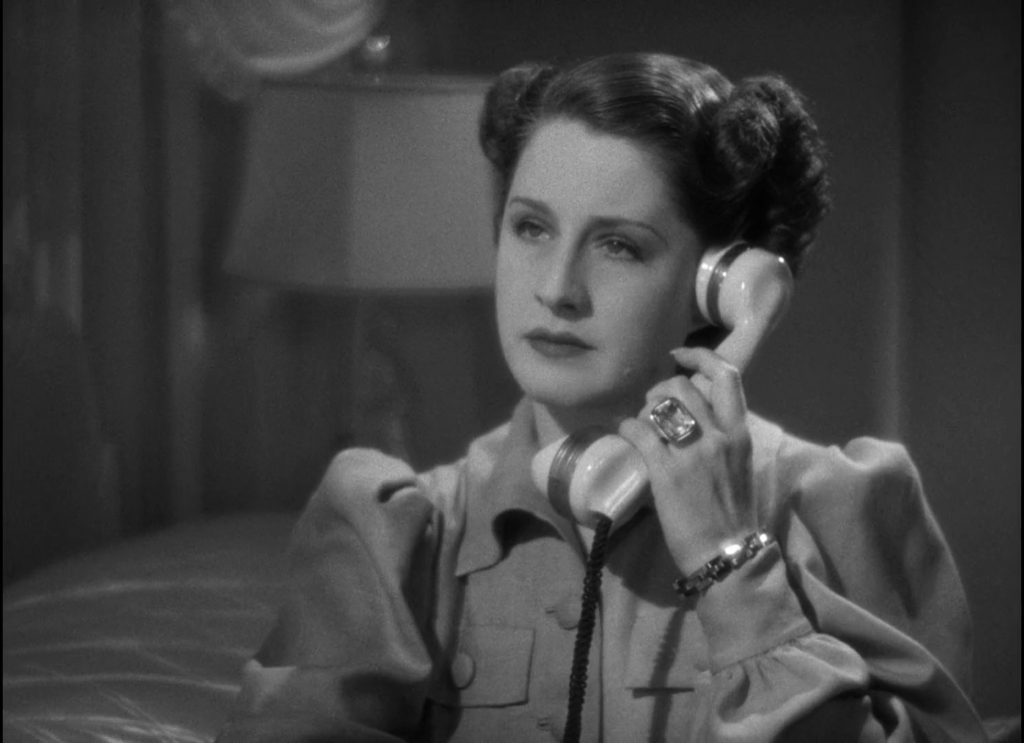
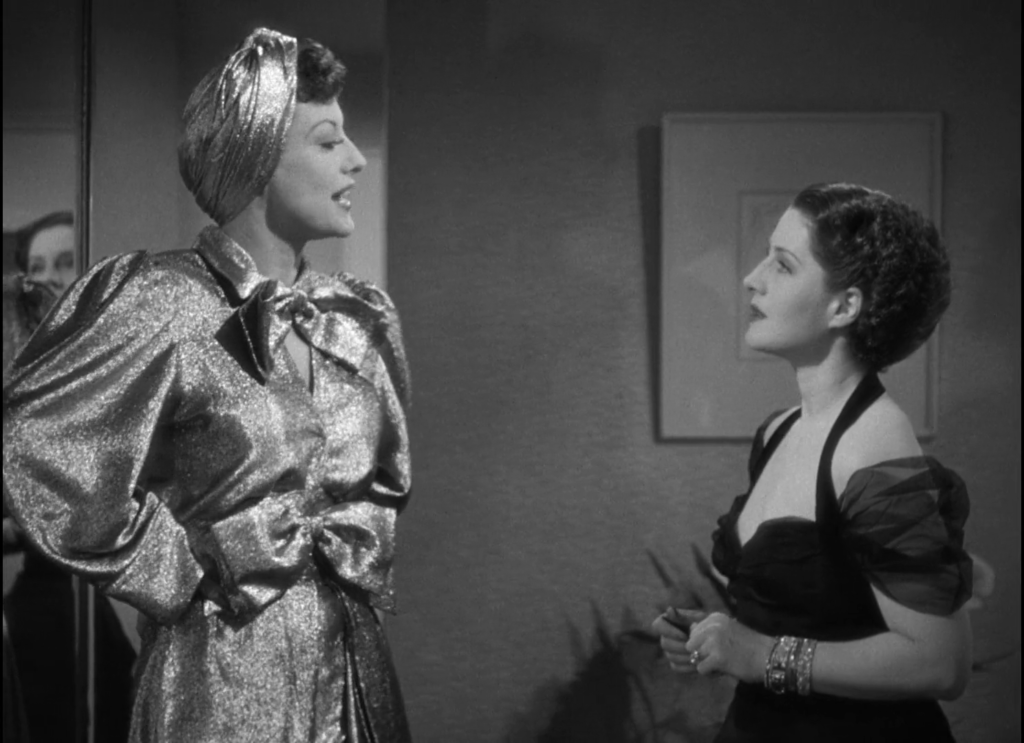
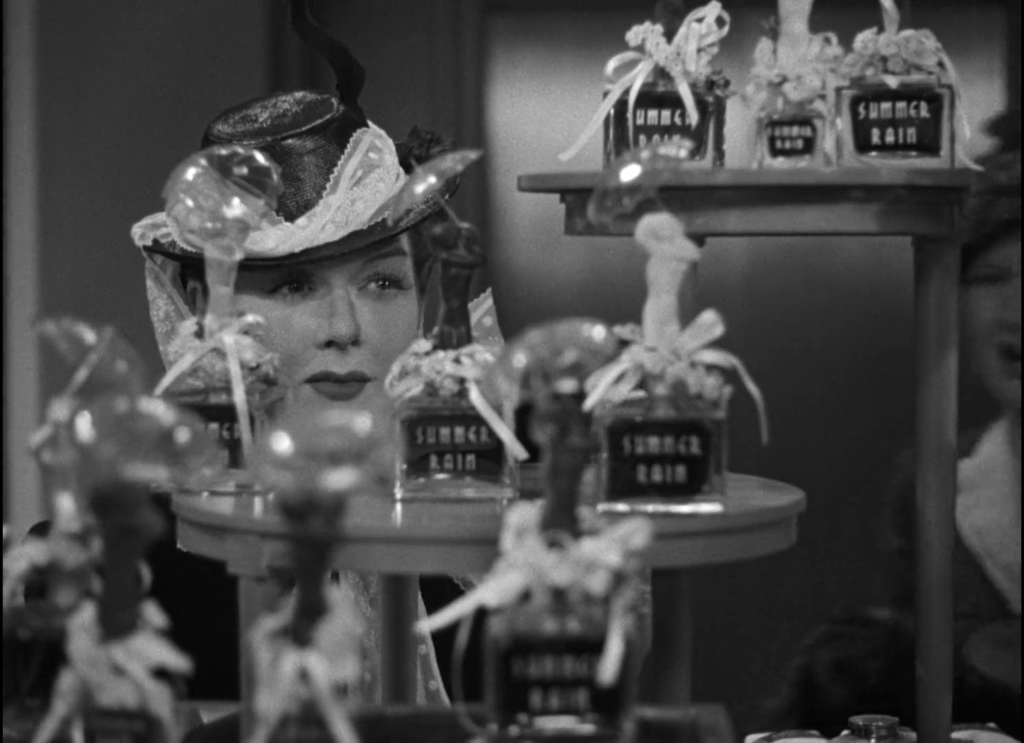
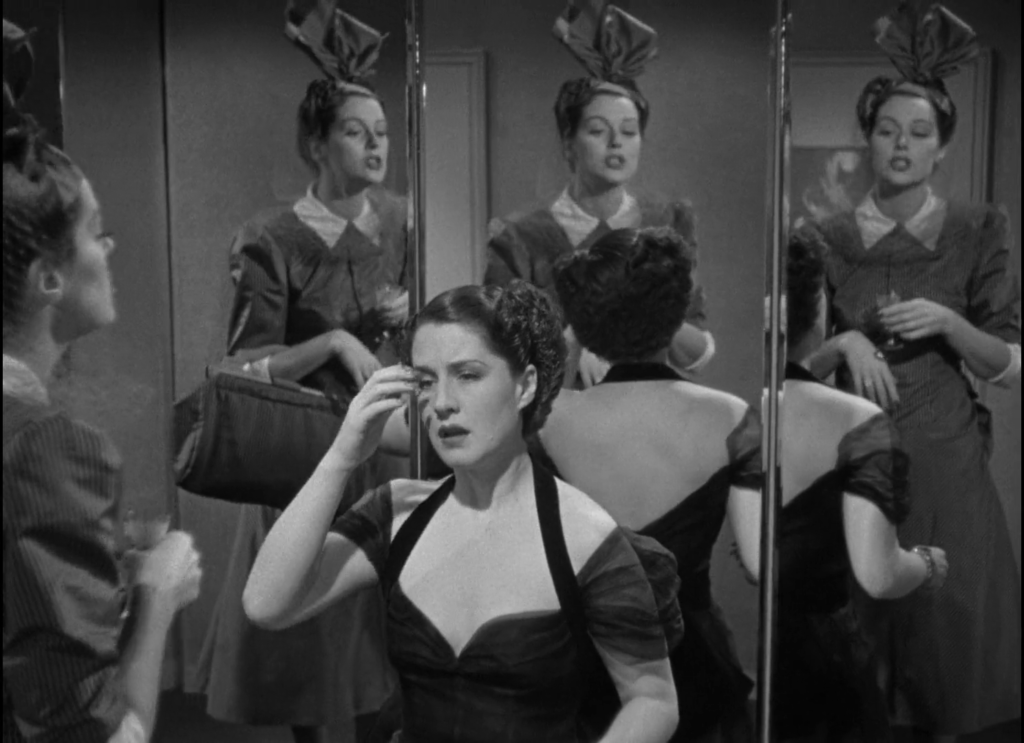
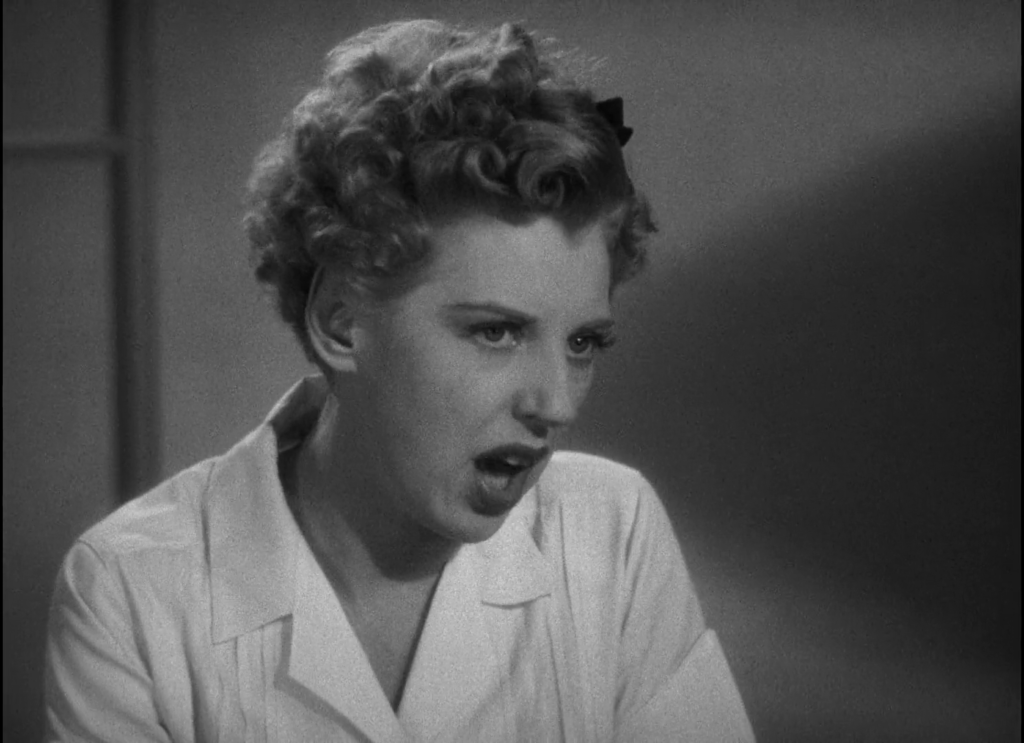
One thought on “Women, The (1939)”
A once-must, for its place in cinema history. As per my post in ‘The ’40s-’50s in Film’ (fb):
“I’ve had two years to grow claws, Mother – Jungle Red!”
‘The Women’ (1939): The cusp of 1940 remains for many the most significant year in cinema history, esp. for its output and its creativity. (In the comments, I’ll give a link to the films of that year, so you can see a breakdown of what was released.) The year certainly ushered in a kind of full-throttle energy that would reap benefits throughout the next two decades.
In a current listing of box office totals for the year, ‘The Women’ is placed at #12. The film was apparently about as successful as Clare Booth Luce’s play, which originally ran for 657 performances on Broadway in 1936. (It seems, for censorship reasons, the play had to be toned down a bit when Anita Loos adapted it for the screen.) Oddly, it did not receive a single Oscar nomination.
I’d love to sit in on a group of women discussing the film today, esp. to hear their thoughts on how the film presents and dissects such issues as dependence on men, disloyalty among women, and fidelity. Of course, the film’s worldview of women is specific and limited. Aside from the shopgirls and assistants who get little screen time (Joan Crawford’s role is an exception), we’re watching women who married into wealth – so it’s not like we’re getting a real cross-section here. It’s perhaps that narrow view that gives way to Booth Luce’s urge to satirize her targets as (overall) not the most admirable of her sex.
For certain members of the cast, it may have been fun to have the bitchier roles, but (during this rewatch) I found myself more fascinated by the characters who maintained or chose ways of emotional survival that did not include vanity or easily bruised pride: the performance by Lucile Watson, as Norma Shearer’s mother (for example) – who came from a divorce-free era in which women often weathered storms of infidelity in order to (often) achieve better, stronger marriages,.
Speaking of Shearer… I’ve never been a huge fan of her work, but here I think she comes into her own as a performer, providing a richness of character I don’t tend to associate with her. (I can say the same about Joan Fontaine in her supporting role.) A few others whose deliveries impress me here: Paulette Goddard, and the very funny Mary Boland and Marjorie Main.